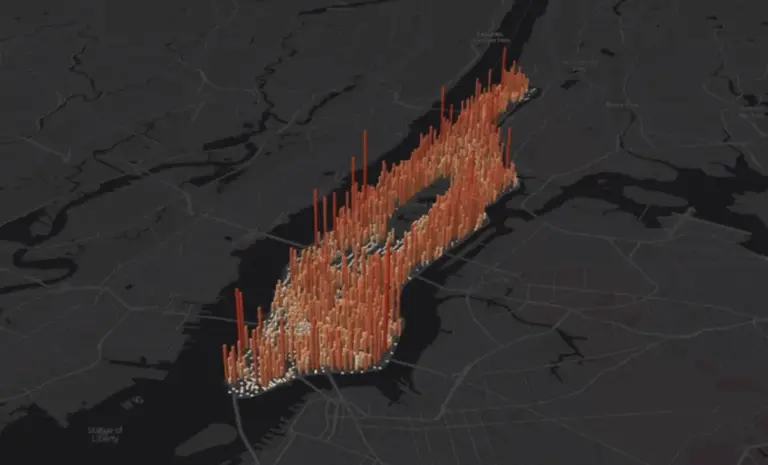March 27, 2015
Think New York City is crowded now? You ain't seen nothing yet. According to census data and a new report by the Brookings Institute on job proximity, the city is on track for a population boom of professionals raking in big bucks. The city has by far the highest job density in the country, even when the national trend is for both people and jobs to move to the suburbs. Similarly, NYC tops the list of increase in population of college grads between 2007 and 2012 by a landslide. And as The Atlantic observes, this combination is creating a feedback loop that will make our already rich and crowded city even richer and more crowded. "The densest cities tend to be the most educated cities, which are also the richest cities, and often the biggest cities. They’re gobbling up a disproportionate share of college grads. And, as a result, they are becoming richer, denser, and more educated."
More details ahead

